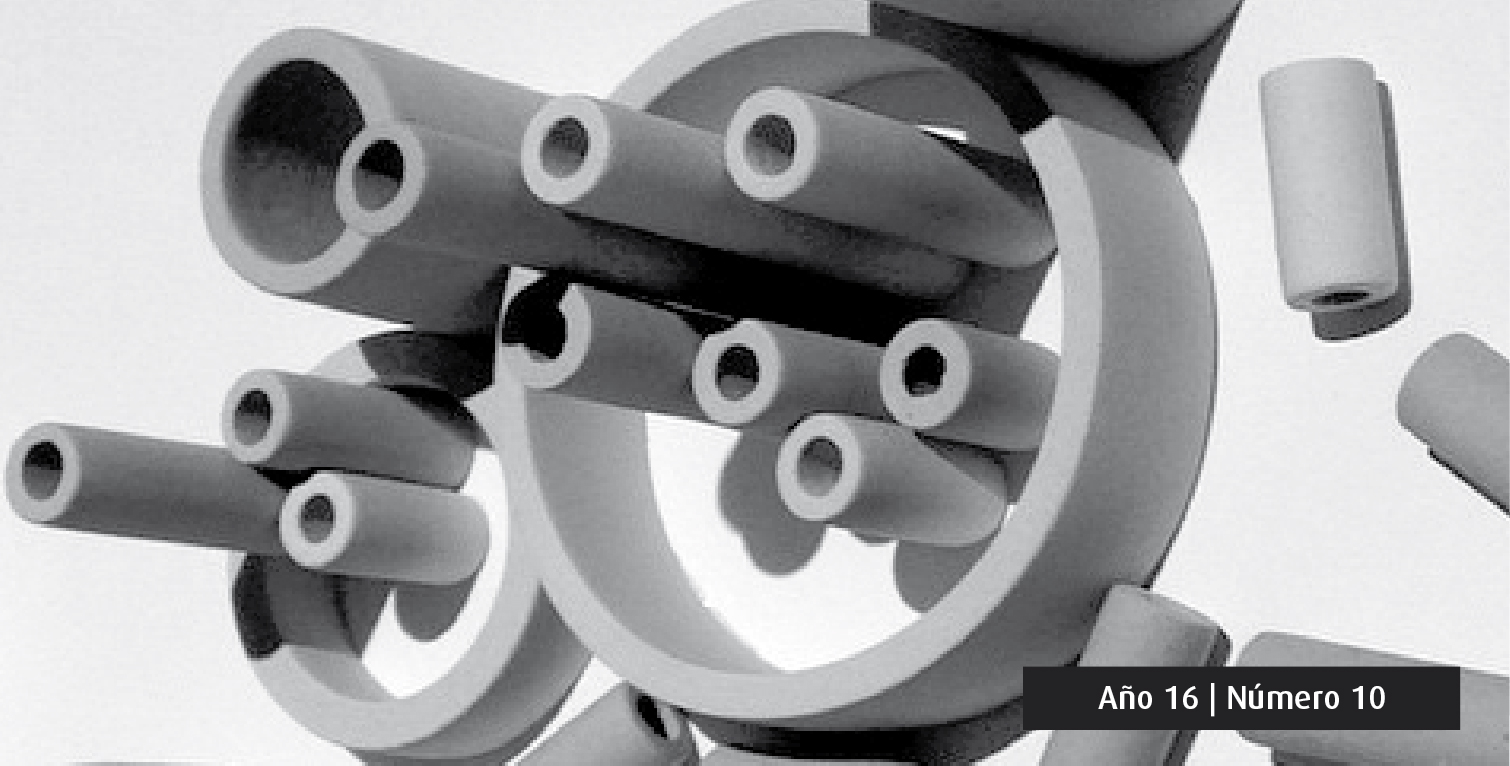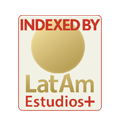Image, history and anachronisms. An approach to Georges Did-Huberman
Keywords:
Image, history, anachronismAbstract
The present work suggests a critical reading of the postulates that Didi-Huberman in Before Time. Art History and Anachronistic Images (2008) with the aim of rethinking the paradigms on which we have questioned historicity and, above all, the role the image plays in it. We will pay special attention to the recovery that Didi-Huberman makes of postulates that Walter Benjamin develops in the first half of the 20th century, in which he suggests a different look at history and breaks with the positivist idea of a lineal development through the concept of progress.Downloads
Downloads
Published
How to Cite
Issue
Section
License
The acceptance of the manuscript by the magazine means the non-exclusive cession of the property rights of the authors in favour of the editor, who allows the reuse, after publication (post print), under a license Attribution-NonCommercial-NoDerivatives 4.0 International. According to these terms, the material can be copied and redistributed by any means or in any format as long as a) the author and original source of the publication are quoted (magazine and URL of the work), access to the license is provided and whether changes have been made is mentioned; and b) the material is not used for commercial purposes.
The cession of non-exclusive rights means that after the publication (post print) in Arte e Investigación the authors can publish their work in any language, means and format; in such cases it must be mentioned that the material was originally published in this magazine. Such cession also means the authorization of the authors for the work to be collected by SEDICI, the institutional archive of the National University of La Plata, and to be spread in the databases that the editorial team considers appropriate to increase the visibility of the publication and its authors.
Moreover, the magazine encourages the authors to deposit their productions in other institutional and thematic archives under the principle that offering the society the scientific and academic production without any restrictions contributes to a greater exchange of the global knowledge.


































